|
CSBio 2015 Speakers
Keynote Speaker |
 | |
Genome bioinformatics' current success, challenges, and opportunities in the era of low-cost sequencing'
Associate Professor Steve Rozen,
Duke-NUS Graduate Medical School, Singapore
Biosketch & Abstract
Abstract
Genome bioinformatics is an interdisciplinary field that develops computational approaches and techniques for understanding "genome-scale" data. Genome bioinformatics deals not only with genome sequences but is also used in the interpretation of other "omic" scale data like those obtained from the analysis of transcriptomes, epigenomes, metagenomes, proteomes, metabolomes, as well as various interactomes. With high-throughput DNA and RNA sequencing technologies now widely available at incredibly low cost, sequence data are being generated at a rate that would have been unimaginable in 2008. Genome bioinformatics is playing a key role as low-cost sequencing rapidly becomes a foundational technology for answering questions in numerous areas of biology and medicine.
In this talk, I will start by offering a brief historical perspective on genome bioinformatics, highlighting its successes in de-novo sequence assembly from Sanger sequencing and in analysis of gene-expression arrays. I will then focus on genome bioinformatics’ current successes and challenges in the era of widely available, low-cost sequencing. I will present case studies from my laboratory’s work, including: (a) analyses of cancer genomes, (b) identification of mutation signatures of carcinogens in tumors, and (c) study of alternative splicing in stomach cancer.
(a) As part of the International Cancer Genome Consortium (ICGC), we and our collaborators in Singapore are in the process of sequencing and analyzing the genomes of 100 bile-duct tumors and 100 lymphomas, all with matched normal genomes. I will describe how this effort is revealing both the strengths and weaknesses of bioinformatics in analyzing tumor genomes.
(b) We can now search tumor genome sequences for characteristic genetic changes or signatures of mutation-causing carcinogens that the tumors were exposed to during their development. This is beginning to allow a systematic and detailed evaluation of how known and suspected carcinogens contribute to human cancers worldwide. This study of mutation signatures of carcinogens will enable public health measures to reduce carcinogenic exposures and thus prevent cancer.
(c) Current RNA sequencing technologies give a much more complete and sophisticated view of the transcriptome than was previously possible. My laboratory has made use of this ability to detect the presence of cancer-associated alternative spliceforms in stomach cancer.
I will conclude the talk with my perspectives on the future of genome bioinformatics.
|
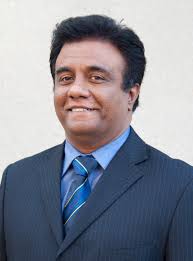 | |
Big data analysis in Metagenomics
Professor Saman Halgamuge,
University of Melbourne, Australia
Biosketch & Abstract
Abstract
In collaboration with researchers in Academia Sinica and Metabolomics Australia/Department of Botany at Melbourne, we have been working in two areas of Bioinformatics: Metabolomics focusing on microbes and Metagenomics focusing on plants [1-5]. Profiling large sets of data resulted from technological advances in whole genome sequencing and MALDI Imaging type technologies that can reveal vital information about the environment and plants [1,3], which is our major or primary source of food on Earth. Recently we have demonstrated considerable success in using unsupervised clustering techniques to analyse genetic and metabolomic data. This includes analysis of viral quasi species [2], metabolomics [1,3] and microbial metagenomes [2,4-5].
Some microbes in the environment appear to look very similar and found "living together" in communities in non-separable ways, making them harder to culture in a lab. To make matters worse, considering our belief, if it is correct at all, that we know only about up to 2% of the Microbes around us. When we know only so little about the data labels, in this case, about the identity of the species. It is even more challenging to recognize patterns associated with the genomes of the quasispecies (a set of genetically related but non-identical viral mutant types, which can also be referred to as strains,) that are able to co-exist within the host. Uncovering information about quasi-species populations of microbes significantly benefits the study of disease progression, antiviral drug design, vaccine design and viral pathogenesis. We present a new analysis pipeline called ViQuaS for viral quasispecies spectrum reconstruction using short next-generation sequencing reads. ViQuaS is based on a novel reference-assisted de novo assembly algorithm for constructing local haplotypes.
|
 | |
Third Generation Sequencing for Rapid Surveillance
David Ussery, PhD,
Bioscience Division of Oak Ridge National Laboratory (ORNL), United States
Biosketch & Abstract
Abstract
The best unique identifier for an organism is its DNA sequence. Small USB sticks that can sequence using microfluidics and nanopore technology allow for portable monitoring, with only a small computer necessary to provide the power and to interpret the DNA sequence reads. This emerging technology will enable rapid detection of viruses, bacteria and other organisms from an environmental sample.
|
Invited Speaker |
 | |
Microbiome Systems Biology
Panagiotou Gianni, PhD
The University of Hong Kong, Hong Kong
Biosketch & Abstract
Abstract
The value of the gastrointestinal community members and their interaction with the host through a variety of signaling molecules and mechanisms has become widely recognized. Clear evidence of this realization is the research spending on the analysis of the symbiotic relationships between humans and their indigenous microbiome, which is estimated to be more than $500 million in the last 5 years. Metagenomic studies, such as the MetaHit project and Human Microbiome Project, provided the multimillion-gene potential of the intestinal microbiome, whereas metatranscriptomic studies provided the subsets of these genes that are expressed as a response to a given stimulus. Drugs, diet and supplements are considered some of the major modulators of the intestinal microbiota and a dominant source of variation in its composition. During my talk I will present three case studies for the extent and nature of the gut microbiome responsiveness to antibiotics, dietary phytochemicals and probiotics, respectively, and a computational platform for understanding mechanistically how small molecules drive the activity and function of the gut ecosystem to different states.
|
 | |
Complex population substructure and geneome wide association studies
Sissades Tongsima, PhD,
National Center for Genetic Engineering and Biotechnology, Thailand
Biosketch & Abstract
Abstract
Case-control genome wide association studies (GWAS) have been reported to successfully identify susceptible genes that are associated with many complex diseases. The statistical principle of GWAS relies on chi-square testing, which for each single nucleotide polymorphism (SNP) marker, chi-square verifies if an allele is independent of a given phenotype. This chi-square test is performed sequentially on each SNP and sorted them according to their significant probabilities. The chi-square test, however, can be confounded with the existence of population substructure-differences at the genotypic level, resulting in subgrouping within each case or control group. This talk presents a structure association approach that attempts to subgroup case-control samples according to their genetic profile relatedness before performing GWAS. To subgroup these samples, we adopt an unsupervised clustering algorithm, called ipPCA that can efficiently identify population substructure and assign individuals into their predicted groups. The experiment on a ~400 dataset of normal versus major depressive disorder individuals revealed that the structure association using reclustering data from ipPCA offer new insights into novel genes associated with depression.
|
 | |
RNA-seq methods for studying the transcriptome: case study of Plasmodium malaria parasites
Phillip Shaw, PhD,
National Center for Genetic Engineering and Biotechnology, Thailand
Biosketch & Abstract
Abstract
RNA-seq is a method for studying the transcriptome, or an organism’s entire RNA complement. This method entails conversion of RNA to DNA sequencing libraries, which are then sequenced en masse using Next Generation Sequencing platforms. The main biological questions addressed by RNA-seq experiments include annotation of genes, quantification of gene expression and regulation of gene function.
I will present data from RNA-seq studies performed in my laboratory with emphasis on Plasmodium malaria parasites. Parasites of this genus include the human parasite P. falciparum, which is responsible for up to one million fatal infections worldwide every year. We developed RNA-seq methods for annotating gene transcripts, including a virtual northern method for sizing transcripts and a new method for mapping mRNA 5'-ends. From these data, we found that many P. falciparum genes are transcribed in complex patterns, including multiple isoforms, polycistronic transcripts and unusually long 5'-untranslated regions.
We also employed conventional RNA-seq for quantifying changes in parasite gene expression under different conditions. Treatment of parasites with artemisinin, the most widely used anti-malarial drug, provokes a dramatic response by the parasite during the middle phase of its growth cycle. Interestingly, the parasite shows hardly any response to the drug during the late stage, suggesting that parasites are only vulnerable under certain metabolic states. This finding is consistent with clinical observations of parasites that can resist the drug by becoming dormant.
|
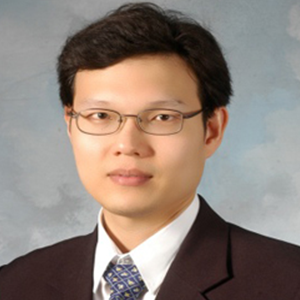 | |
Precision Medicine: The Future of Healthcare
Prapat Suriyaphol, PhD,
Faculty of Medicine Siriraj Hospital, Mahidol University, Thailand
Biosketch & Abstract
Abstract
What would the future healthcare look like in the next 5-10 years? Now, the world goes full throttle at "precision medicine" after the announcement of the Precision Medicine Initiative of US president Obama on Jan 30, 2015. Precision medicine is defined as tailored treatment given to an individual patient based on genetic makeup and environmental circumstances, rather than the traditional "one-size-fits-all" method. The goal is to improve clinical outcome with minimizing unnecessary side effects. Two recent scientific advances that play major roles in precision medicine are 1) technologies to gather or generate data at unprecedented speed i.e 2nd-generation sequencing technologies, proteomics, metabolomics and wearable health-monitoring devices 2) Bioinformatics and Capability to handle big data. Cancer diagnosis and treatment is one of the near-term aim of precision medicine. Currently, nationwide multiple institutes are forming "Thailand Precision Medicine Initiative". The aim is to set up a body to provide core-facilities supports and research communities to accelerate advances in precision medicine in Thailand.
|
Workshop |
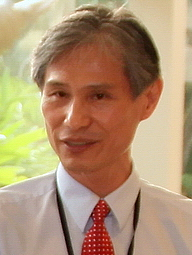 | |
Algorithm for Detecting Protein Complexes from Whole-Genome PPI Networks
Leong Hong Wai, PhD,
National University of Singapore, Singapore
Biosketch & Abstract
Abstract
Complexes of physically interacting proteins are one of the fundamental functional units responsible for driving key biological mechanisms within the cell. Identification of these protein complexes is therefore necessary not only to understand complex formation, but also the higher level organization and machinery of the cell. With the advent of “high-throughput” techniques in molecular biology significant amount of physical interaction data has been catalogued from organisms such as yeast, which has in turn fueled several computational techniques to systematically mine potential complexes from the network of interactions, the PPI network. In this tutorial, we will cover some of the representative methods developed for the computational identification of protein complexes from PPI networks. We will present two insightful taxonomies of the methods that reflect how methods have evolved over the years to improve computational complex detection. We will also discuss some of the open challenges facing accurate reconstruction of complexes, the crucial ones being the presence of high proportion of errors and noise in current high-throughput datasets, and some key aspects overlooked by current complex detection methods. This tutorial will provide a detailed introduction for researchers beginning to explore the areas of protein interactions and complex prediction, and also show new directions to drive further research in this area. (If time permits, we discuss application of these method to case studies on pancreatic and breast tumors, where these methods are used to identify dysfunctional complexes, thereby revealing novel mechanisms and processes by which cells maintain the proliferative behavior in these tumors.)
|

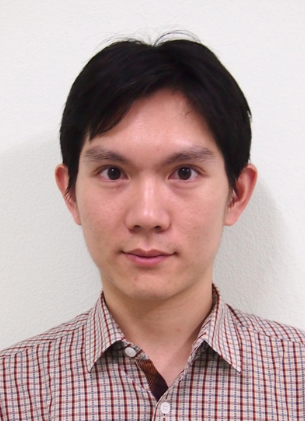 | |
Workshop on Next-generation Sequencing Data Analysis
Dr.Weerayuth Kittichotirat and Dr.Teeraphan Laomettachit,
King Mongkut's University of Technology Thonburi
Biosketch & Agenda
Agenda
Next-generation sequencing technologies have made it possible for us to sequence DNA and RNA at significantly faster and cheaper rates relative to the classical Sanger sequencing technique, and therefore are commonly used in today genomics and molecular biology research. This workshop will introduce participants to basic principles behind different sequencing technologies and provide some examples and hands-on exercises on how they are applied in genomics.
|
|
| 20/12/15 : Thanks all for your support of CSBio2015. See you in Macau on November 20-23 for CSBio2016. |
| 13/11/15 : The information about pre-workshop on Sunday 22nd November 2015 is available HERE. |
| 11/10/15 : The technical program is available HERE. |
| 01/10/15 : The submission system is now closed. |
| 28/09/15 : We have complications with the newly opened KX Building and will be moving
back to Chatrium. |
| 18/09/15 : The notification of acceptance has been sent out. The accepted paper need to register before September 30, 2015. |
| 02/08/15 : The submission system is now closed. However, we still open for an abstract submission September 30, 2015. |
| 15/07/15 : Due to numerous requests, the full paper submission deadline has one final extension until July 31, 2015. |
| 01/07/15 : Due to numerous requests, the submission deadline has been postponed to July 15. |
| 17/11/14 : Website online |
IMPORTANT DATES (2015)
| Paper submission deadline: | JUL 1 JUL 15 JUL 31 |
| Abstract submission deadline: | SEP 30 |
| Notification of acceptance: | SEP 15 |
| Early-bird registration deadline: | SEP 22 |
| Camera-ready submission deadline: | SEP 30 |
| Author registration deadline: | SEP 30 |
| Conference dates: | NOV 22-25 |
CATEGORIES
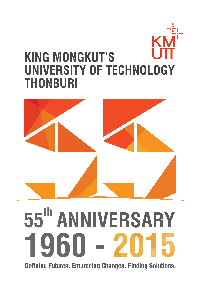



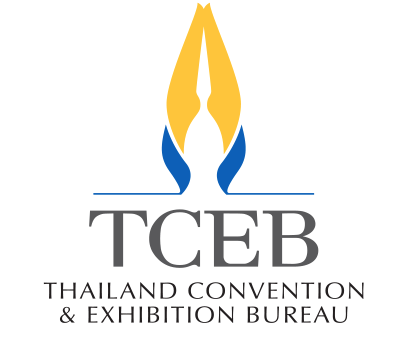

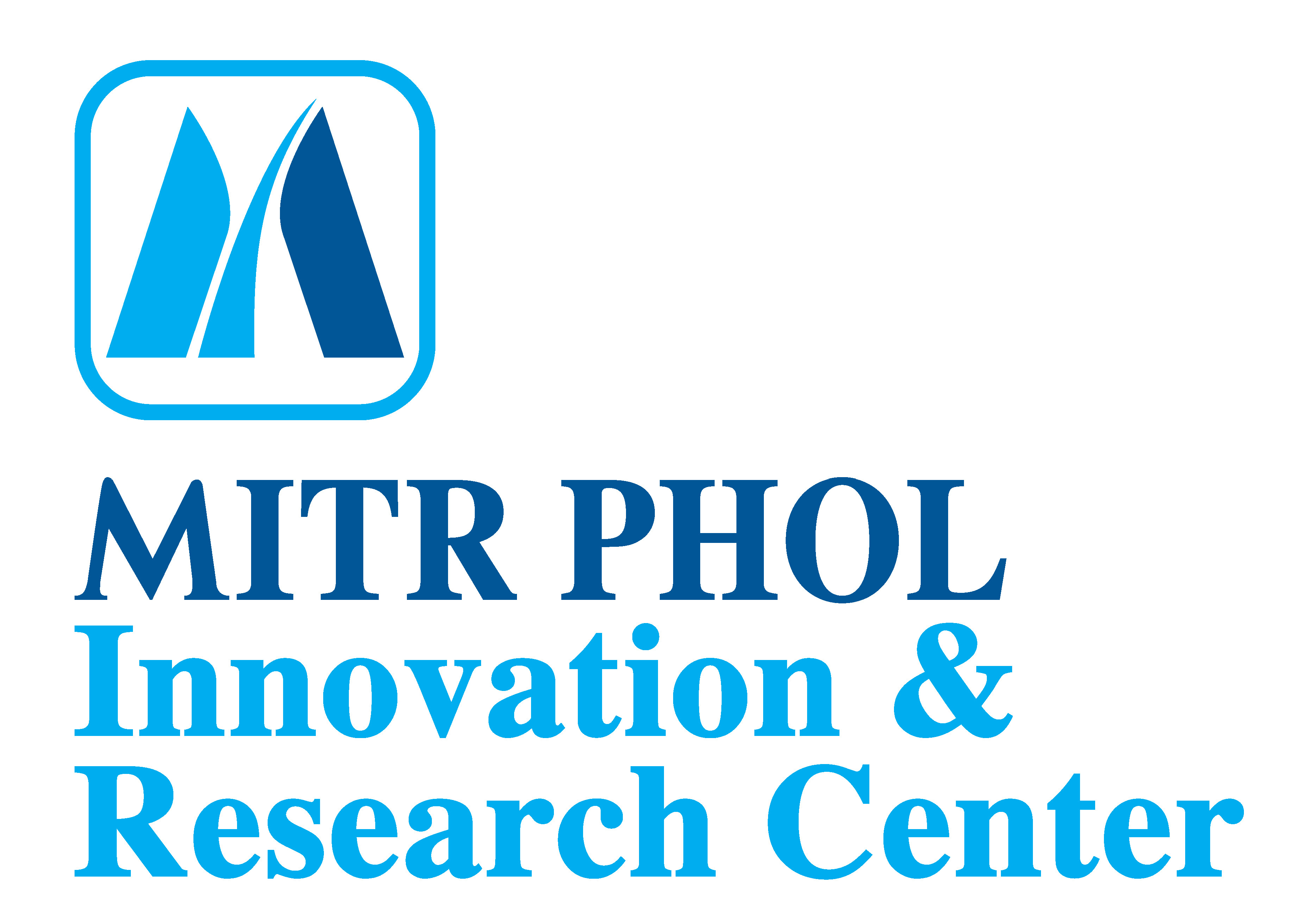
|
|
|










 Home
Home 








